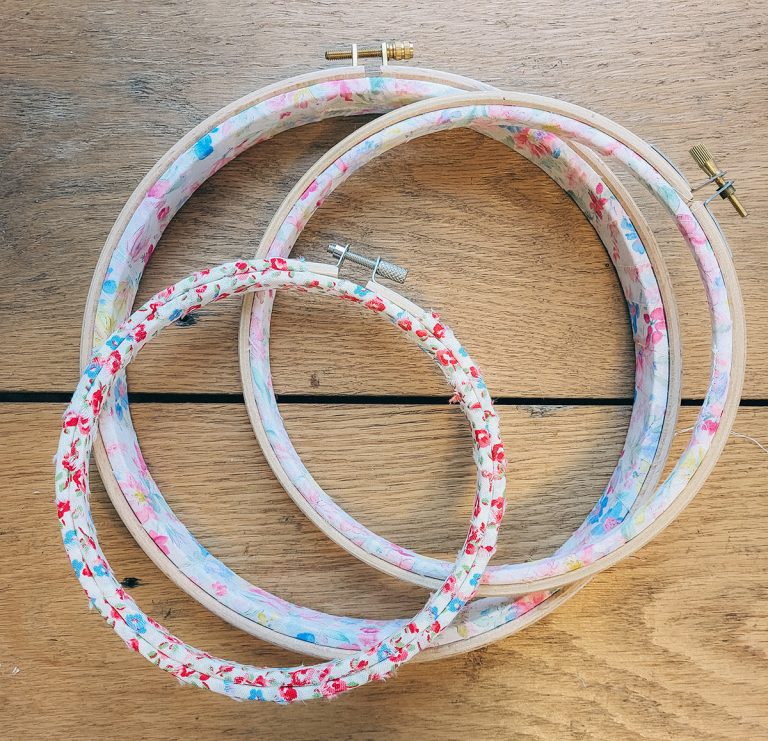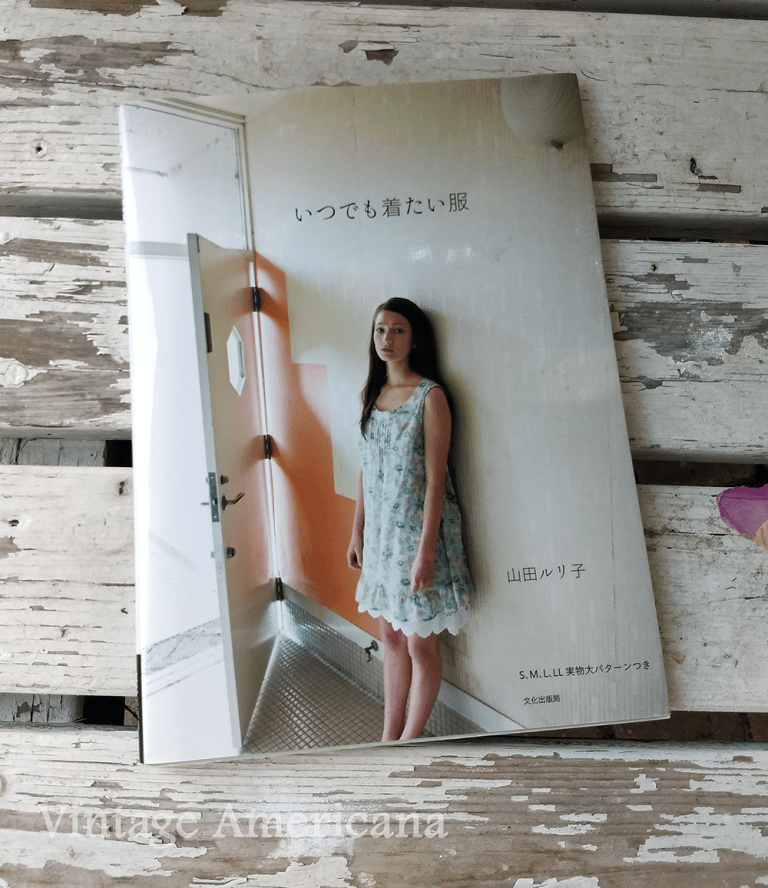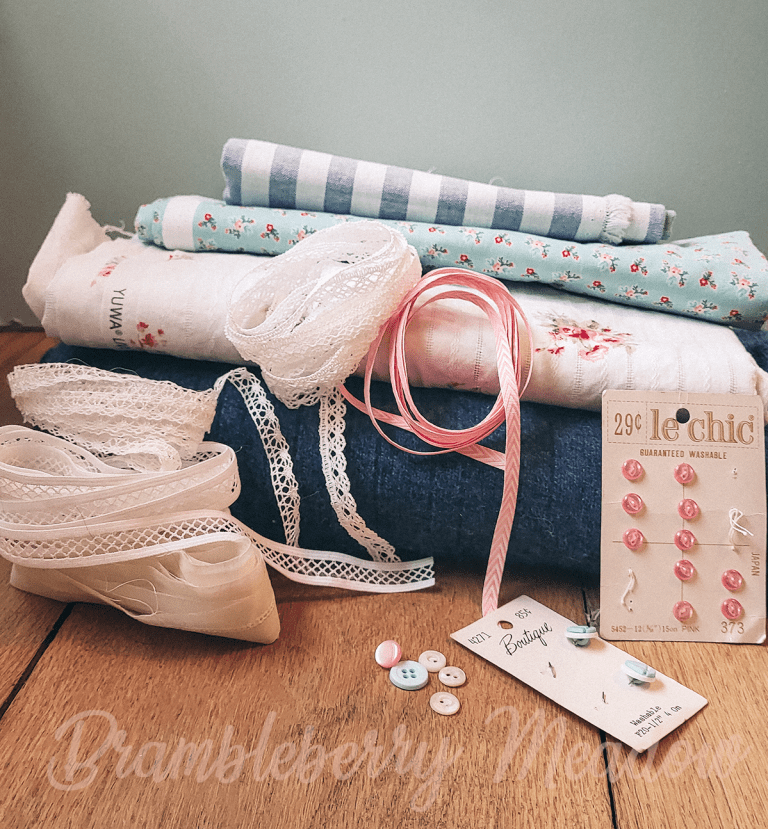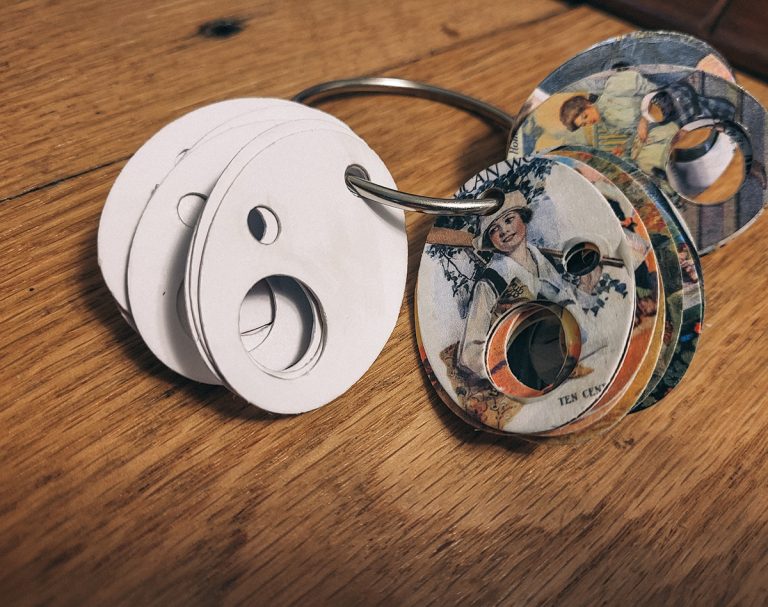The Soothing Power of Fancy Work
The past week has been heavy. Trying. Fraught. Especially in the homes of veterans. It’s hard to find that lightness of spirit we long for when bombarded constantly by news from home and abroad.
I’m finding it difficult to do simple household things like baking, setting up cultures (sourdough and yogurt), sewing, and the things that normally help me to stay grounded in the care of home and family. I pace, lose track of where I am, and lack motivation for the things that are usually pleasant. Racing thoughts interrupt the flow of my usual routine.
I’ve found something that does help me re-order my thoughts is what our Victorian ancestors would have called “fancy work.”
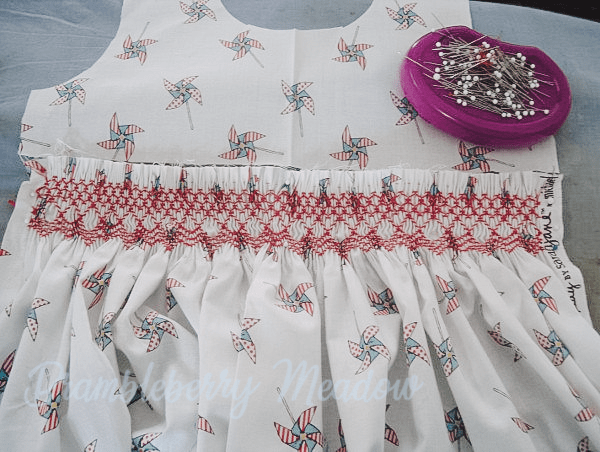
This shouldn’t be a huge surprise, since many a purported expert in “self-care” has promoted the anxiety-reducing powers of a hobby. However, I do find that things that I can do without concentrating have no power to hold my attention don’t really help all that much for the obvious reason that they don’t provide a distraction. They’re incapable of shifting my brain out of the rut it’s gotten itself into.
Enter onto the scene Fancy Work. This term can encompass anything from embroidery, handsewing applications such as English Paper Piecing a quilt, knitting in colorwork or lace, beading, lace crochet, or tatting. Any or all of these things require a certain degree of concentration. It doesn’t have to be something that is extremely challenging to fit the bill. In fact, when you first start to learn a new type of fancy work, it’s anything BUT soothing. So I recommend you don’t combine the frustrations of learning a new skill with the frustrations of an aggravating day.
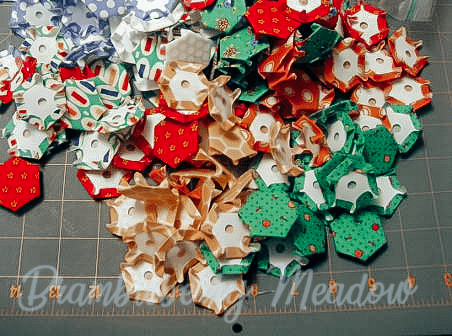
However, once you’ve got some degree of facility, you’ll find that a more challenging project starts to have the effect of smoothing away the jangling of all the things pulling on your attention. Take a leaf from the ladies of literature. Suitor visiting and obnxious mother keeps sticking her foot in her mouth? Be like Jane Bennet and stitch quietly, rather than strangle your mother. Bad news in the media? Exercise the option of stabbing your knitting needle through the name of a despised politician in the newspaper, like Anne Shirley’s housekeeper, Susan.
Back in the depths of my college days *mumble* years ago, cross stitch was the popular handcraft. I had arrived on campus thinking this was something I was alone in, since most of my forays to the local shop back home were met with commentary about how nice it was to see an interested young lady. As it turned out, quite a few of my dorm neighbors were also devotees – even those a bit more inclined to the “party girl” social scene. For at least two years, we had regular “Stitch’n’Bitch” nights, wherein we would all gather in one room, stitch, talk, and generally enjoy ourselves. Two things happened almost immediately:
Girls who did NOT stitch would either come and just hang out with us, or would buy a small kit and show up to learn.
Secondarily, most of the guys took to avoidance of these get-togethers, not wishing to be the subject of the “bitch” part of the theme.
Shared periods working on projects were both enjoyable in their own right and motivating to work on the project in between times, as well.
Past generations understood the power of hand work better than we do. My grandmother nearly always had a project in her bag to work on when “going visiting.” Most of her contemporaries did the same. Grandma also understood the power of handwork to tame little distractions. The two-legged kind, I mean I was taught the basics of needlepoint in large part because sitting at her table with canvas and yarn kept me quiet and out of trouble so the grown-ups could talk. It carried with it the unspoken allure that having a project was something that “big girls” did.
I invite you to recover the habit.

First, put some time into learning a skill, if you don’t have one already. I’d recommend starting by choosing a single skill – embroidery, knitting, crochet, or whatever strikes your fancy. Practice by working on small projects of increasing difficulty, until you’re reasonably comfortable. If you are looking for some embroidery inspiration, I recommend Chloe Giardano. For English Paper Piecing (a form of quilting), try Sue Daley.
Second, set up your traveling gear. Everything is always more fun with a pretty bag, so start there. Put in it small, travel-appropriate tools. Needles should be in some sort of needle case. Scissors small, and a point-protector is a plus. Spools of thread, bobbins of floss, or other materials should likewise be confined. And don’t forget a little bag to put thread snips and other small bits that need to be discarded into. It’s not polite to just leave them. If you’d prefer to make your bags, I can recommend some of the patterns from Pretty By Hand. If you are working from a pattern, carry a copy and leave the original at home, just in case.
Third, seek the company of like-minded fellow artisans. I know I made it a point to sit next to the lady knitting at a professional seminar, when last I went. And wished I’d brought a project myself. Working on a project in public will attract others. Corollary: it’s somewhat more comfortable, socially, to be working on something if someone else is, too. You’ll find yourself energized in your craft, too. So that once you go home, you’ll be more motivated to work on your projects there.
It might be time for me to try to dig out my old issues of “Fancywork” magazine (a brief sister publication of the much longer-lived “Sew Beautiful”), and share them with you. While I do that, I’ll leave you to go start your own projects.

